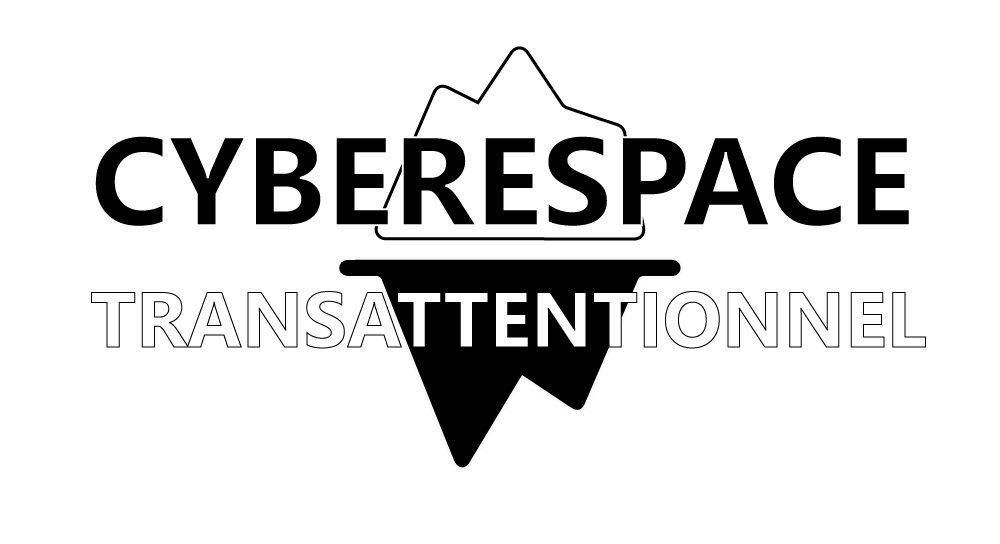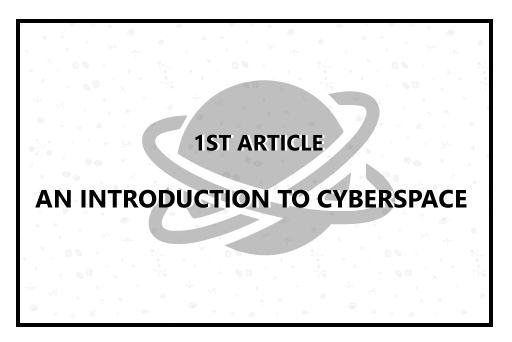


Cyberspace is a term that appeared in the 80’s William Gibson, a sci-fi novelist : considered as one of the leaders of the cyberpunk movement, William is known for his sci-fi novels that mix, for the most part, contemporary socio-economic difficulties and new technologies. He won several american awards, such as Hugo’s award or Nebula’s award.
In a novel entitled Burning Chrome, Gibson defines cyberspace as a concept similar to a matrix, which he considers as “an abstract representation of the relationships between data systems”. But the term “cyberspace” really appears for the first time in his sci-fi novel entitled Neuromancer in 1984. He defines this word as “a consensual hallucination legally experienced daily by tens of millions of operators, in all countries, [as well as] a graphical representation of data extracted from the memories of all the computers in the human system”.
Cyberspace then represents a place of data exchange between world wide’s users through interconnected computers. With the growing popularity of the internet over the years, cyberspace became bigger and bigger, and now it’s one of the biggest (if not the first) essential element in the digital world. However, if we take a closer look at this concept, we realize that what is in cyberspace, as we know it, is only the tip of the iceberg : indeed, other digital content exists, more or less famous, with different subjects and different ways of working. To get there, it’s necessary to think with transattentionality.
Maxime Jean & Alexis Mellin